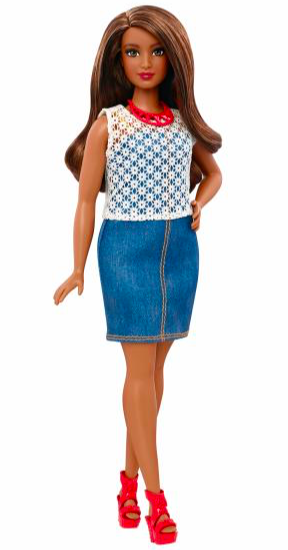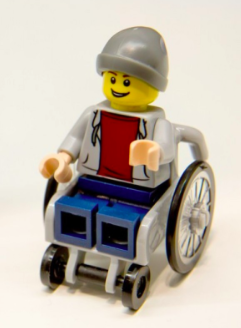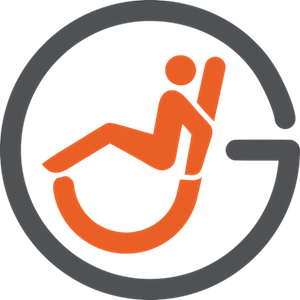Fact: kids love toys. All toys. My favorite the I was growing up? Hands down, the Power Rangers. I’m pretty stoked there’s a new Power Rangers moving coming out next year, too. But let’s stay on topic.

Toys. They help pass the time, mentally stimulate, and provide a sense of attachment. Playing with them is important, as they help kids grow up and as they get older their toys get older and become more mature, too. Go to any local kid environment, and I bet you’ll find a kid walking around, maybe, with a doll that looks just like them…or would you? Here we go. Here’s what the new line of toy Barbies has to do with me.
For decades, social scientists have thoroughly researched the potential importance for a toy doll to resemble the appearance of the child, particularly in terms of race and skin color. For example, all the way back in the 1940s psychologists Mamie and Ken Clark conducted research that is now known in most social science circles as “The Doll Test.” Here’s what it looked like, in a nut shell (but please do mind the bias: this video, the shortest I could find, is exclusively from the perspective of African-American kids):
When I was first exposed to this study at university in a sociology course, I always wondered one particular thing. It relates to the fact that I, personally, relate much more strongly to my social identity as a man with a disability than I do as a person who is African-American. Growing up, I always found that people would evaluate me more immediately and more thoroughly on the fact that I had a disability. Over and over, throughout my life, I’ve been told that “I don’t talk white” and things of that nature, so I didn’t always immediately fit in with the black kids. I fought hard, personally, to behave in a way that people would see me as a person before they saw my wheelchair. That was very intentional. Looking back, I think that I subconsciously also fought hard to make sure that people saw me as a person before they saw my skin color. Musing here…so take it for what it’s worth. This isn’t academic. But this, I believe, pushed me further and further away from my subconscious social identity as an AA male.
So, when I began to actually learn the language for all of these feelings and reflected on my past…it was the same time that I was learning about the doll test. And I was curious, what if you showed a kid with a disability 2 dolls: 1 whom appeared to be able-bodied and 1 who appeared to have a disability? Would they connect more strongly with the doll with the disability? That is, if it were me, would I have connected more strongly with the doll with the disability? I know that, present-day, I definitely would.
Fast forward to 2016, and toy company Mattel has finally reacted to consumer (read: parent) feedback about their toys. Feedback like “Barbie’s body type is unachievable,” and “Barbie is too fair skinned,” and things like that. They responded in the best way possible, I think: releasing a line of Barbies that model girls off many different shapes, sizes, and colors.

When Mattel began showing off their new Barbies this past week, I almost simultaneously came cross an article from the Washington Post about how the Lego toy brand was releasing its first ever Lego character that uses a wheelchair. My eyes were opened, wide.

I’m impressed by both Lego and Mattel’s move to provide more “real world” characters in their toy lineup. I’m not saying that it’ll do wonders for the social identification and discovery of kids – both those with disabilities and those who are able-bodied – in the coming years, but I do wonder what impact it may have.
Growing up in the 1990s, I didn’t have any toys or much media that I felt accurately represented other individuals who used wheelchairs or people who looked like me at all. There was, literally, 1: Stevie from Malcolm in the Middle. When I did discover that media, it actually piqued my interest more quickly. Examples of this are TV shows like Degrassi (OVOXO), Family Guy, Switched at Birth, and even nowadays, NBC’s new sitcom Superstore. I don’t think it’s any coincidence that each of the shows I just named could definitely be labeled as a “favorite” of mine.
So, since you’ve read this far, I encourage you to think. Think about what sort of privilege you might have taken for granted as a kid, growing up, with toys and/or dolls that looked just like you? Disney’s coming out with Disney princesses of all shapes and colors, so these are all signs that we are moving in the right direction. Now that we’re introducing toys and (more) characters of different ABILITIES, I’m very, very optimistic.
